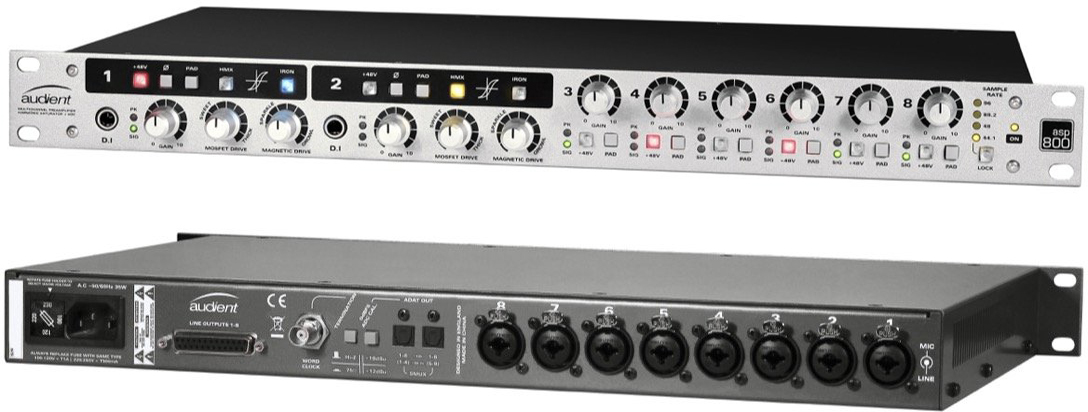016-3111 286
016-3111 286
Few topics stir up more debate than microphone preamplifiers. With dozens, if not hundreds of different brands, models, shapes, sizes, variations, and configurations to choose from, it’s no wonder mic preamps are among the most misunderstood pieces of the audio signal chain.

Even low-cost interfaces offer built-in mic preamps, some of which sound pretty decent. So why would anyone want to spend money on an external preamp, let alone several? Here are the top five reasons mic preamps matter.
At its most basic, a mic preamp takes the low output from a microphone and amplifies the signal to a higher line level. The mic preamps built into most audio interfaces will do that. But low cost onboard preamps are typically limited in tone and flexibility, and they can add noise and tonal coloration that might not be what you’re looking for. A high quality microphone preamp, however, will do much more than just make your mic level louder. It will deliver a cleaner, more accurate signal, with higher gain, lower noise, less distortion, and more headroom.
It sounds obvious, but in most cases, the ultimate goal of a good preamp should be to capture the sound as transparently as possible. Listen to the sound of a good preamp and one of the first things you’ll notice is what’s missing. Most budget preamps inherently introduce at least some degree of hiss and background noise to your signal. A good mic preamp will surprise you with just how much quieter your signal can be.
Do you want your track to sound warm or cool? Thin or fat? An experienced recording engineer will use different microphones and mic preamps in much the same way a painter uses brushes, colors, and textures. And as with painting, different mic/preamp combinations will yield markedly different results. Take time to experiment. Ultimately, it will help you to make better, more informed, artistic decisions.
Digging deeper, preamps that feature transformers and discrete amplifiers in their circuit, like the Neve 1073 and the UA 2108, add varying degrees of color and character. Same goes for tube-based designs like the iconic UA 610-A, which is famous for adding husky warmth and saturation to signals.
On the flipside, transformerless integrated designs — like Grace or SSL preamps — are prized for their amazing transparency and crystal-clear rendering of source material.
Because mic preamps are available in such a wide range of configurations, it’s easy to find something for almost any situation. If you’re a solo writer with a guitar, a simple two-channel preamp could meet your needs. Want to record the occasional live drums, or maybe even an entire band? You can put together a range of rack-mount multi channel mic preamps in configurations from eight to 32 channels and beyond. For a great number engineers — both studio and live sound — their mic preamps are essential front end of their touring/mobile recording rig.
As you become increasingly familiar with the sound and characteristics of any given mic preamp, you will begin to get a feel for which particular combinations of microphone and preamp can yield the best results for specific applications. Most engineers have certain go-to combinations they will reach for first when recording a particular instrument or vocal type. The consistency of knowing what tonal colors to expect from different microphones through different preamps will help to guide your decisions and make you a better, more efficient, recording engineer.